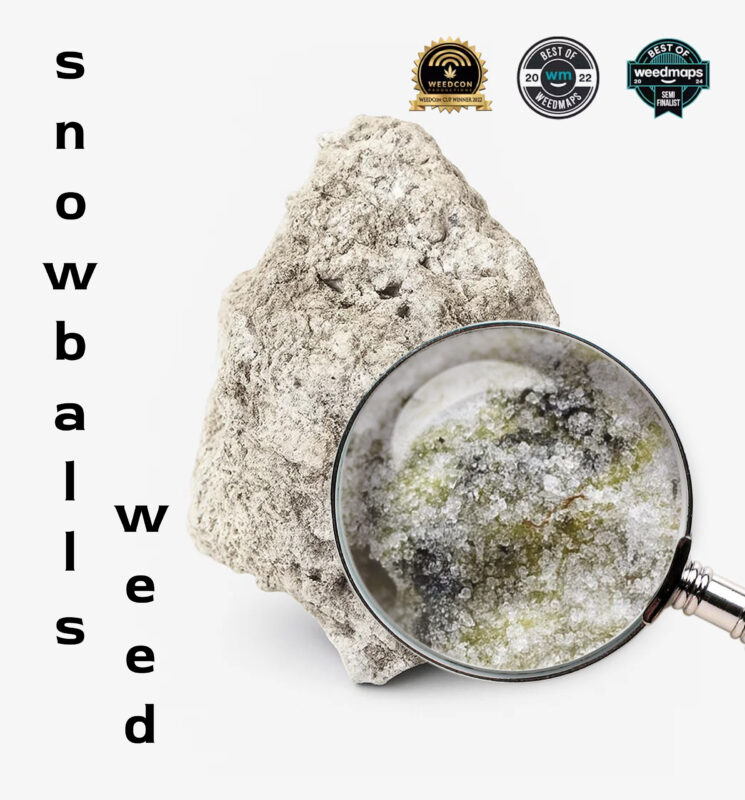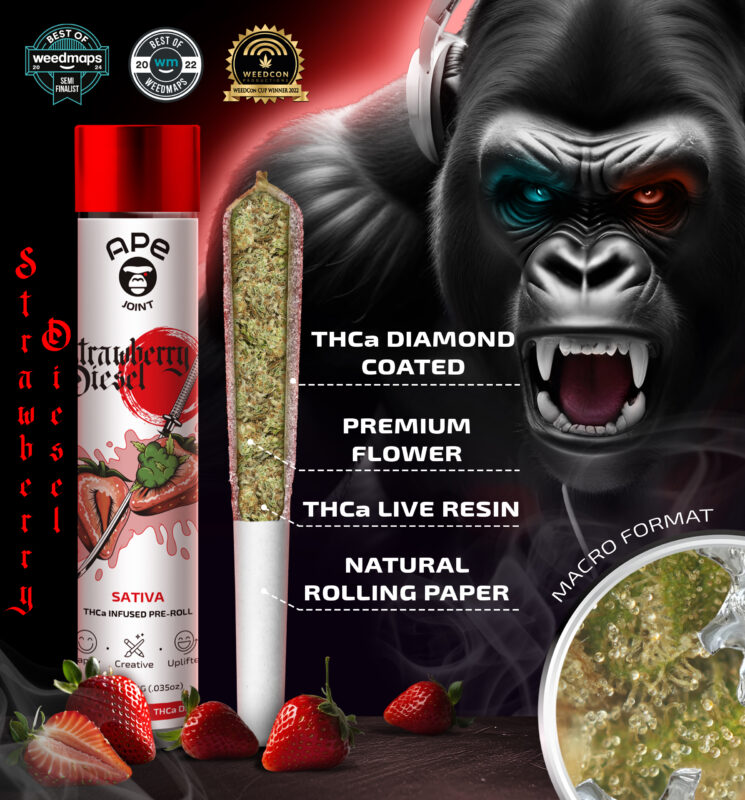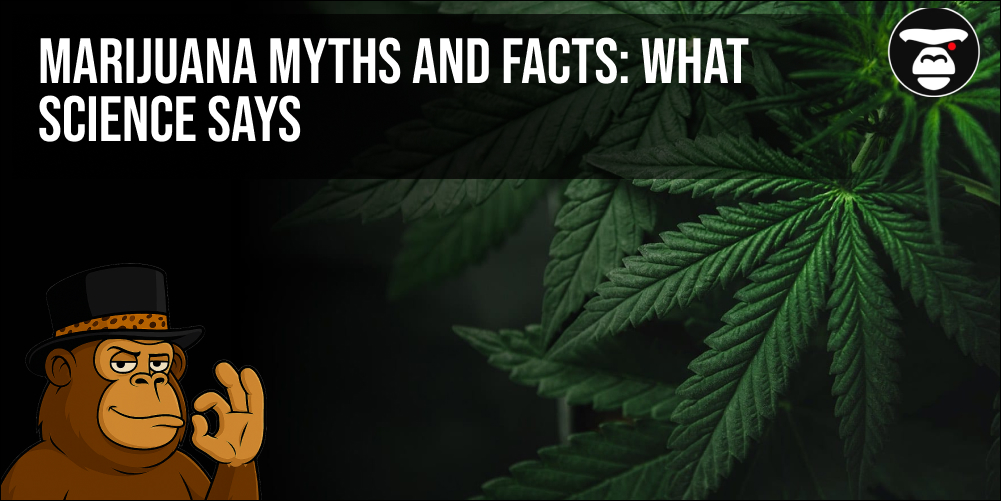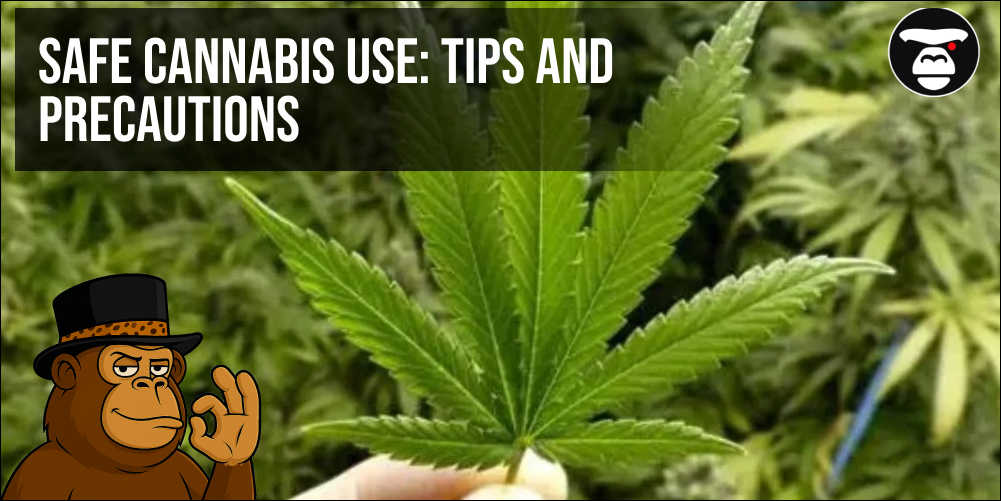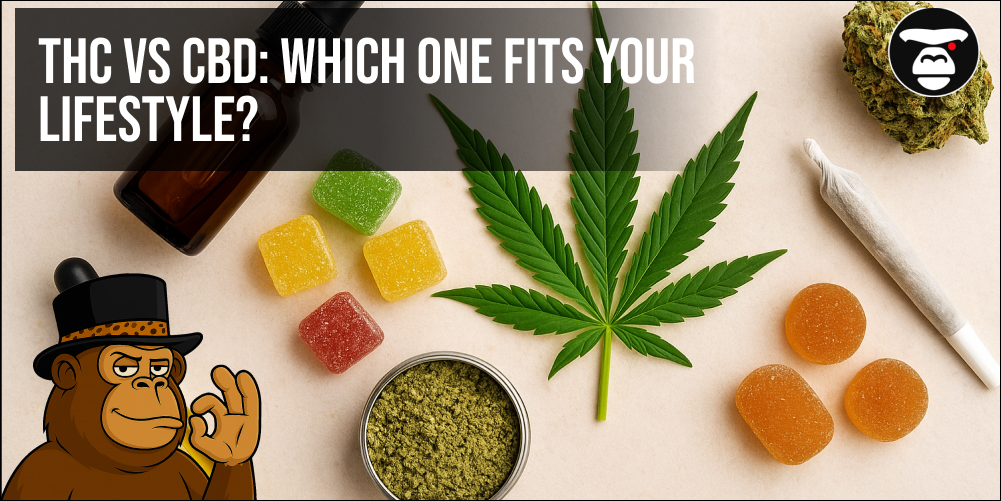Why can varieties with the same name differ?
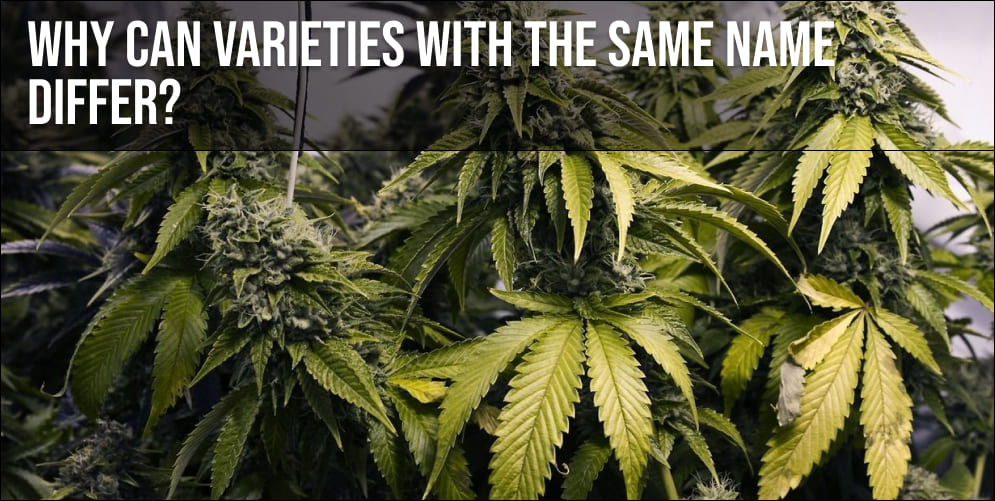
Imagine this: you’ve finally found your perfect cannabis strain. The one with that unmistakable aroma, the ideal effect, and a flavor profile that sings to your soul. You memorize its name, eager to purchase it again. But then, to your surprise, the product you buy under the exact same name feels completely different. Does this sound familiar? Don’t fret or assume you’ve been ripped off. In reality, this is a fairly common phenomenon in the world of cannabis, and there are several reasons why can varieties with the same name differ.
The diversity within the cannabis world is as vast and intricate as that of winemaking. Just as two wines made from the same grape varietal but grown in different regions or produced by different vintners can yield vastly different bouquets, so too can cannabis. Numerous factors come into play here, ranging from genetics and cultivation conditions to post-harvest processing. There’s no need to panic and think you’ve been misled. Let’s delve deeper into why can varieties with the same name differ and explore the fascinating nuances behind these variations.

Genetics: The Foundation of Discrepancies
At the core of any cannabis strain is its genetic code, or DNA. This genetic blueprint primarily dictates the plant’s fundamental characteristics: its flower structure, growth patterns, and predisposition to produce specific cannabinoids and terpenes. However, even if a strain carries the same name, its genetic makeup might not be entirely identical, especially when sourcing from unlicensed or unofficial channels. This is a primary reason why can varieties with the same name differ.
Even from a single packet of seeds, you might grow plants that show slight variations from one another. Think of it like siblings: they share parents but aren’t identical twins. This is known as phenotypic variation. Breeders are constantly experimenting, cross-breeding different strains to develop new ones. Sometimes, these new hybrids might be given an already existing name, leading to confusion about why can varieties with the same name differ. Furthermore, sometimes plants can self-pollinate, leading to some inbreeding. This can cause subtle shifts in the genetic profile, which may become more pronounced over time, contributing to why can varieties with the same name differ.
- Different Phenotypes: Even from the same batch of seeds, unique plant expressions can emerge.
- Hybridization: New hybrids might inherit or be given existing strain names.
- Inbreeding: Self-pollination can introduce minor genetic alterations over generations.
Cultivation Conditions: When Environment Dictates Quality
Even if you have genetically identical seeds of the same strain, the conditions under which they are cultivated play an enormous role in shaping the final product’s chemical composition. Factors like temperature, humidity levels, light intensity and spectrum, the type of soil or growing medium, and nutrient programs all directly influence the plant’s metabolism and the synthesis of cannabinoids and terpenes. These environmental factors are crucial in understanding why can varieties with the same name differ.
Lighting is a key factor; its intensity and spectrum affect photosynthesis, which drives the production of cannabinoids and terpenes. A plant grown under powerful, professional-grade lighting will likely differ significantly from one cultivated under standard home lights. Nutrient programs also directly impact the plant’s biochemistry. The type and amount of fertilizers a plant receives can alter not only its yield but also its final cannabinoid profile. Lastly, temperature and humidity influence plant transpiration and enzyme activity. Extremes can stress the plant, impacting the quality and quantity of resin production, which explains another aspect of why can varieties with the same name differ.
- Lighting Quality: Affects photosynthesis and cannabinoid/terpene synthesis.
- Nutrient Regimen: Influences plant metabolism and chemical profile.
- Environmental Controls: Temperature and humidity impact resin production and plant health.

Growing Methods: From Home Cultivator to Commercial Farm
The specific growing methodology also contributes significantly to why can varieties with the same name differ. A meticulous home grower carefully tending to a few plants will likely achieve different results than a large commercial farm utilizing automated systems and industrial-scale processes, even when starting with identical genetic material.
Plants cultivated with organic nutrients often develop a more complex terpene profile and a smoother flavor compared to those grown with synthetic fertilizers. The type of growing medium—whether soil, coco coir, hydroponics, or aeroponics—each has distinct characteristics that affect root development, nutrient uptake, and ultimately, the final product. Furthermore, the harvest timing is critical. The optimal harvest window significantly impacts the cannabinoid profile; an early harvest might lead to a more psychoactive effect, while a later harvest could result in a more relaxing one, as THC begins to convert into CBN. These varying approaches highlight why can varieties with the same name differ.
- Organic vs. Synthetic Cultivation: Influences flavor and terpene complexity.
- Growing Medium: Impacts nutrient absorption and root health.
- Harvest Timing: Dictates cannabinoid ratios and desired effects.
Phenotypes and Their Significance
Even if you source seeds of the same strain from a reputable breeder, it’s not uncommon for them to produce slightly different plants. This phenomenon is known as phenotypic variation, and it’s a key answer to why can varieties with the same name differ. Think of it like siblings from the same parents: they share genetic material but express themselves uniquely in appearance and characteristics.
Each cannabis plant is a living organism with its own “personality.” Some plants might show greater resistance to diseases, others could produce more resin, and still others might boast a more pronounced aroma. Experienced growers often cultivate numerous plants from a single strain to identify superior phenotypes, which are then used for cloning to stabilize desired traits. It’s worth noting that some strains, particularly newer hybrids, may have less stable genetics. This leads to greater phenotypic diversity, which isn’t necessarily a bad thing but certainly contributes to why can varieties with the same name differ.
- Individual Plant Variability: Each plant has unique characteristics despite shared genetics.
- “Mother Plant” Selection: Identifying and cloning superior phenotypes for consistency.
- Genetic Instability: Newer or less stable strains can exhibit wider variation.

Labeling Errors and Human Factors
We also can’t discount the simple, yet impactful, element of human error. Mistakes happen in any industry, and the cannabis sector is no exception. This can often be one of the most straightforward explanations for why can varieties with the same name differ. Sometimes these errors are accidental, a simple oversight, but unfortunately, sometimes they are not.
Incorrect labeling is a common issue. During packaging, storage, or distribution, mix-ups can occur, leading to one strain being mistakenly labeled as another. Furthermore, not all vendors operate with complete transparency. Sadly, some unscrupulous sellers might intentionally mislabel a less popular strain as a more desirable one to clear inventory or simply increase profits. Adding to this complexity, unlike more established industries, the cannabis sector still lacks universal standardization for strain naming and classification. This absence of consistent global guidelines creates fertile ground for confusion and ambiguity, making it harder to track true genetic lineage and contributing significantly to why can varieties with the same name differ.
- Mislabeled Products: Accidental mix-ups during packaging or storage.
- Dishonest Vendors: Intentional misrepresentation of strains.
- Lack of Industry Standards: No universal naming conventions create ambiguity.
- What products contain cannabinoids?
- Difference Between Indica, Sativa and Hybrids – What does it mean?
- What Is Live Resin Sugar?
Storage and Age: Time Takes Its Toll
Once harvested, the processes of change within cannabis don’t simply stop. In fact, proper storage plays a critical role in preserving its quality, potency, and aromatic profile. Incorrect storage conditions can lead to the rapid and irreversible degradation of valuable cannabinoids and terpenes, which will significantly alter the final product and explain yet another reason why can varieties with the same name differ.
Exposure to light and air are major enemies of fresh cannabis. They accelerate the breakdown of THC into CBN (cannabinol), which has different, more sedative effects, and also cause terpenes to evaporate, diminishing the strain’s characteristic aroma and contributing to why can varieties with the same name differ. High temperatures also accelerate degradation; thus, cannabis should be stored in a cool, dark place. Lastly, humidity is a delicate balance. Too much can lead to mold, while too little will dry out the plant material and cause terpene loss. Optimal humidity is essential for quality preservation.
- Light and Air Exposure: Accelerates THC degradation and terpene evaporation.
- Temperature Control: High temperatures degrade cannabinoids and terpenes faster.
- Humidity Levels: Crucial for preventing mold and preserving terpene content.
Conclusions and Recommendations: How to Avoid Disappointment?
So, you now understand that identical strain names don’t always guarantee an identical product. This isn’t a cause for alarm, but rather an invitation to adopt a more informed and discerning approach to your choices. Understanding these nuances – from genetics and cultivation to processing and storage – will empower you to make more predictable selections and increase your chances of getting exactly what you expect. This knowledge helps address the core question of why can varieties with the same name differ.
To minimize disappointment, strive to trust reputable sources. Purchase from licensed producers or well-established dispensaries that typically prioritize quality, genetic purity, and consistent standards. Don’t hesitate to ask questions and seek information about a strain’s origin, cultivation methods, and even harvest date. The more you know, the fewer unpleasant surprises you’ll encounter. Ultimately, your personal experience is paramount. If a strain with the same name feels different from one source to another, trust your senses and seek out what truly works best for you.
- Choose Reputable Sources: Opt for licensed and well-reviewed producers/dispensaries.
- Seek Information: Inquire about origin, cultivation, and harvest details.
- Trust Your Experience: Rely on your own senses for flavor, aroma, and effects.





